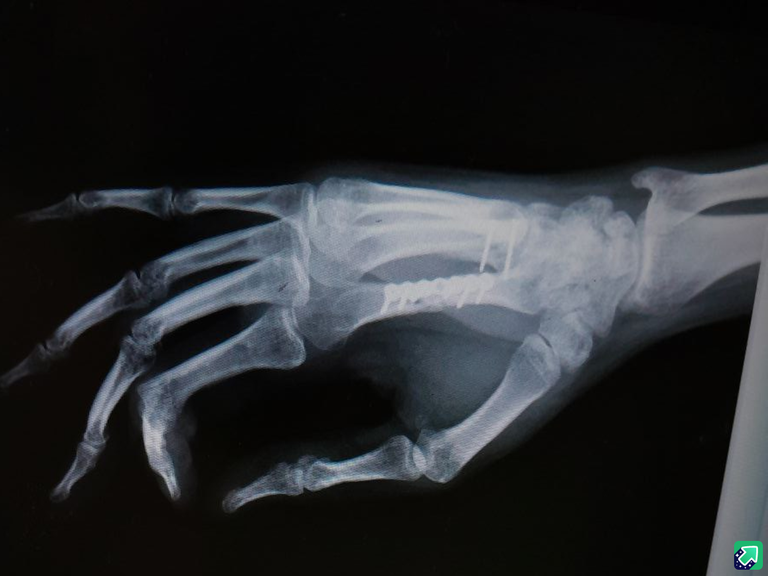I was trying a problem related to a recent blog (1009F - Dominant Indices). When I submitted I got a compilation error with this message:
Can't compile file:
Compiled file is too large [34657593 bytes], but maximal allowed size is 33554432 bytes [CompileRequest {id='program.cpp', description='', file='program.cpp', resources='', type='cpp.gcc13-64-winlibs-g++20'}].In this case I just resubmitted with a few different compilers until it worked. Any idea of what could be triggering this so I can avoid it during contests? (ik compilation error doesn't cost penalty but it is a time loss that could be prevented) I had never gotten this message before and I found it really strange because the source code is barely over 1.2kB and I'm not doing any heavy compile-time computations.
Submission: 285079574















